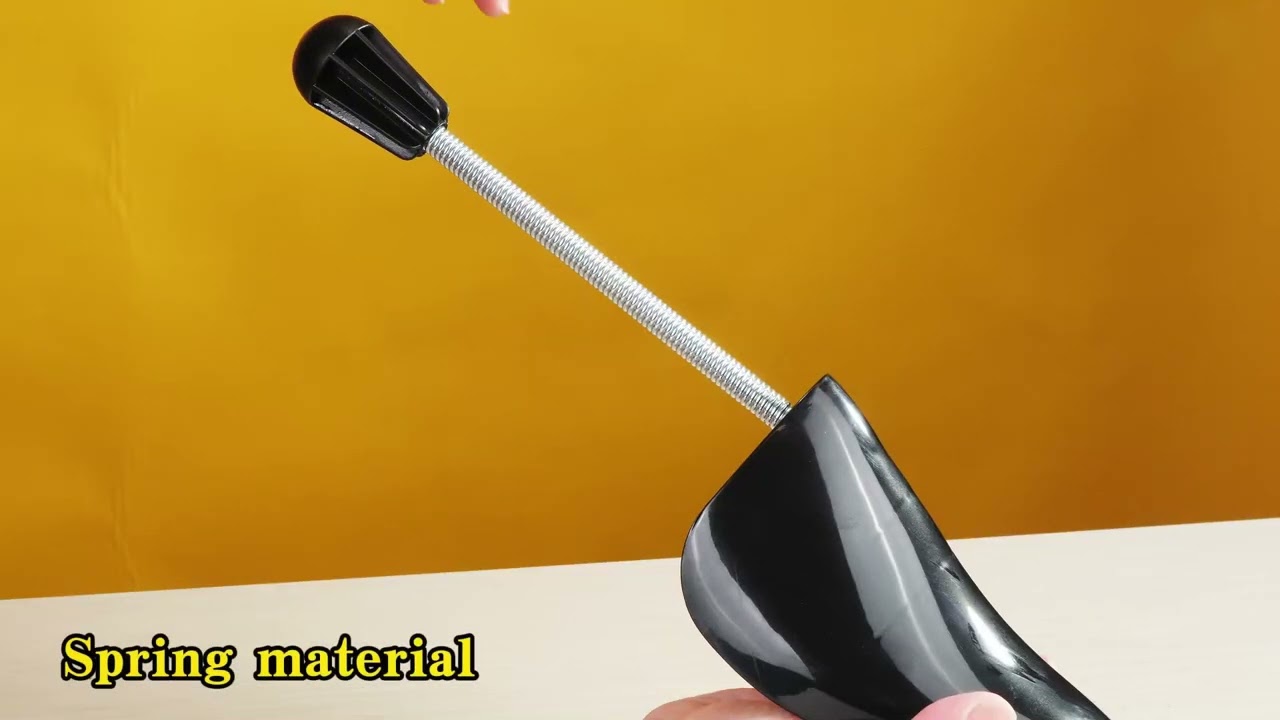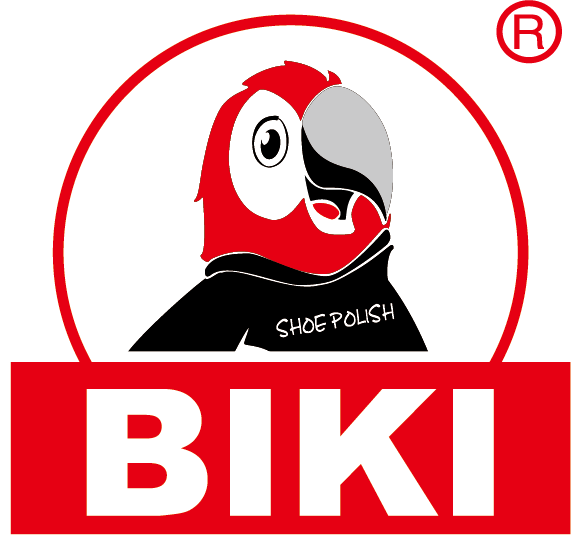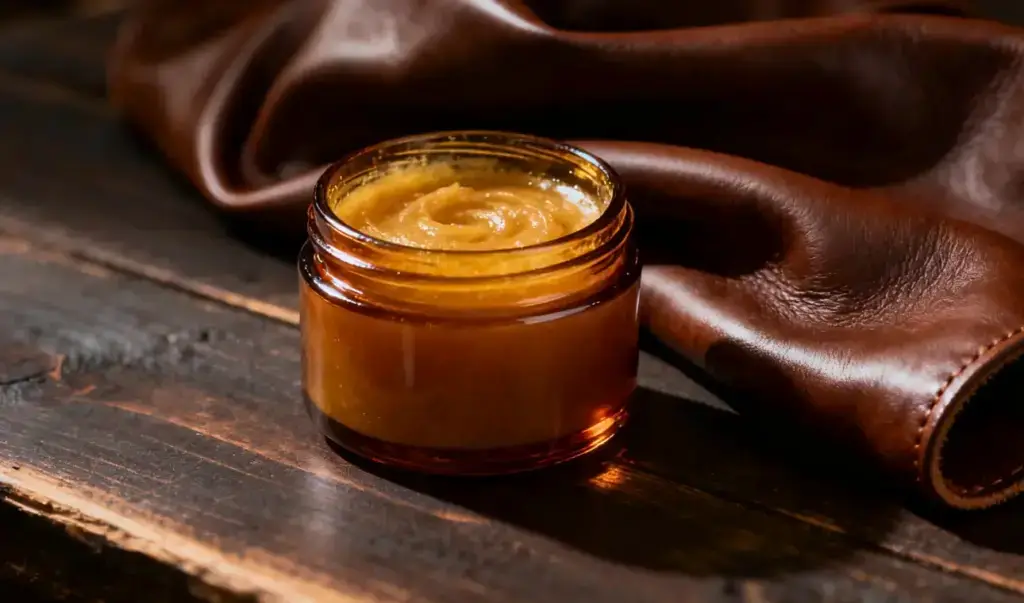Any great pair of shoes–whether it is sharp dress shoes or rugged leather boots– immediately, when you take them off and they no longer have the same appeal. The moisture oozes in, the cracks form in the leather, and the form starts to fall. Even the most costly shoes may become tattered way too quickly.
The remedy does not lie in their replacement, but rather their protection. The most basic and most powerful device to keep your shoes looking fresh and structured and last longer is a shoe tree. Here in this guide, we will discuss the types, materials, and benefits, as well as how Biki Shoe Care has assisted both people and companies in preserving their shoes.
Why Use a Shoe Tree? The Core Benefits
The shoe tree may look basic, but it plays three critical roles in maintaining your footwear:
- Maintain Shoe Shape
Shoes will bend and flex when you have to walk. This results in deep creases with time, which deform the original design. A shoe tree puts a low-pressure weight on the inside and flattens those creases, and makes the toe box not bend up. This assists your shoes to maintain their shrewd, polished appearance.
- Absorb Moisture
Whenever you are wearing shoes, your feet create moisture. This moisture, when not dealt with, undermines the leather and promotes the bacteria that cause odor. Wooden shoe trees and cedar in particular are porous, and sweat naturally evaporates. Not only does this preserve the leather lining, but it also keeps your shoes fresher.
- Extend Shoe Lifespan
Shoe trees ensure that wear is not premature by keeping the shoe in order and keeping moisture under control. You do not replace shoes early, but get the maximum out of them. Shoe trees for dress shoes or shoe trees for sneakers, it doesn’t matter; the concept is the same- the shoes will look better and last longer.
Concisely, a shoe tree is not merely an accessory. It is a bet to keep your favorite pair of shoes safe.
Common Types of Shoe Trees: A Look at Materials
Not all shoe trees are made the same. Here’s a breakdown of the most common options and their strengths:
Cedar Wood
The most popular and widely recommended choice. Cedar shoe trees provide excellent moisture absorption, ensuring sweat doesn’t linger in your shoes. They also have a natural, refreshing scent that acts as a deodorizer. For leather shoes, especially, cedar shoe trees are considered the gold standard.
Pros: Moisture-wicking, deodorizing, affordable, effective.
Cons: Slightly heavier than plastic—less convenient for travel.
Beechwood & Other Hardwoods
Beechwood and hardwood shoe trees are a premium option, valued for their strength, smooth finish, and elegant lacquered look. They excel at maintaining shoe structure and suit luxury or bespoke collections. However, unlike unfinished cedar, they don’t absorb moisture or neutralize odors—making them ideal for aesthetics and durability, but not freshness.
Pros: Durable, stylish, premium feel.
Cons: Less deodorizing power compared to cedar.
Plastic Shoe Tree
Plastic shoe trees are lightweight, affordable, and travel-friendly—perfect for protecting shoes in transit. While they don’t absorb moisture, which is a drawback for leather shoes, they’re waterproof, easy to clean, and well-suited for sneakers or sports shoes made from synthetic materials. A practical choice for shape retention without the bulk.
Pros: Lightweight, affordable, travel-friendly, waterproof.
Cons: Doesn’t absorb moisture like wood.
In summary, opting to wear cedar daily, hardwood on luxury collections, and plastic on sneakers and travel.
Understanding Different Styles and Mechanisms
Shoe trees also come in different designs. Knowing these styles helps you select the right fit:
Split-Toe vs. Solid-Toe
Split-toe shoe trees feature a spring system in the forefront, becoming large to fill the width of the shoe. They are tight-fitting and particularly in the wider shoes. Traditional and less sophisticated, solid-toe models do not adjust to different widths as easily.
Spring-Loaded Heel
These shoe trees have a central spring, which is used to provide tension, and this is the most common design. They are also adaptable and can be used on a wide variety of shoe sizes with equal pressure distribution.
Lasted Shoe Trees
The luxury choice. These are made to a specific shape (last) of a shoe model. They make sure that they fit perfectly, keeping the intended shape of the shoe. Good among the collectors and those who invest in the bespoke shoes or high-end shoes.
How to Choose the Right Shoe Tree for You
The following will be a quick tip on the right shoe trees to fit your lifestyle:
- For daily shoes, cedar or beechwood shoe trees. They compromise the moisture absorption and shape retention.
- On Travel: Select light plastic shoe trees. These cushion shoes are in bags without causing bulk.
- In the case of Sneakers and Athletic Shoes, Plastic is the best choice. They are waterproof and can be cleansed easily, and are casual.
- In the case of High-End Shoes, Invest in lasting or high-quality hardwood shoes to protect your most expensive shoes.
For Retailers and Brands: Selecting Value-Adding Shoe Trees for Your Business
For footwear retailers and brands, shoe trees are not just accessories—they’re sales enhancers. Offering them adds value, increases average transaction size, and builds customer trust.
Align with Your Product Line
- High-End Leather Footwear: Customers expect quality. Stock premium cedar or beechwood shoe trees.
- Athletic & Casual Sneakers: Practical buyers will appreciate plastic options.
- Travel or Comfort Brands: Lightweight travel shoe trees are a natural upsell.
Tiered Offering Strategy
A “Good, Better, Best” model works best:
- Entry-level: Plastic.
- Standard: Cedar.
- Premium: Beechwood or lasted.
This caters to different budgets while maximizing conversions.
Focus on Education
Train staff to explain benefits simply: “This shoe will last years longer if paired with the right shoe tree.” Bundling shoes with a shoe care kit (including trees) can boost loyalty and repeat sales.
Biki Shoe Care provides wholesale programs designed for retailers who want to deliver both quality and expertise to their customers.

FAQs
- Are shoe trees really necessary for all types of shoes?
They are not mandatory, but they’re highly recommended for any shoes you want to protect. Especially leather shoes, which crease and absorb moisture easily. Even sneakers benefit from shoe trees, as they help keep shape and allow air circulation.
- Do wooden shoe trees stretch out shoes and make them bigger?
No. Correctly sized shoe trees maintain the shape but do not stretch shoes. For stretching, specialized shoe stretchers are required.
- How do you use a shoe tree correctly?
Insert them as soon as you take off your shoes. Compress the heel, slide the toe in, and release the heel so it fits snugly. It should be firm but not overly tight.
- Are plastic shoe trees good, or should I only buy wooden ones?
Plastic is excellent for travel and sneakers. Wooden (especially cedar) is best for at-home use with leather shoes. Each material serves a specific purpose.
A Simple Habit for Great Shoe Care
Using a shoe tree is a small step that makes a big difference. From preventing creases to extending shoe life, it’s one of the smartest accessories you can own.
For individuals, the best shoe trees keep your collection looking sharp. For retailers and brands, they’re a value-adding upsell that customers will thank you for.
Biki Shoe Care offers premium plastic shoe tree solutions, available for both individual buyers and wholesale partners. Contact us today to explore our wholesale programs and help your customers master the art of shoe care.





